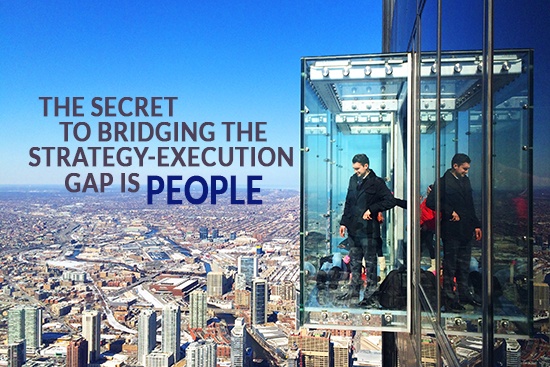Early-20th-century philosopher and poet, George Santayana, said, “Those who cannot remember the past are condemned to repeat it.” With that in mind, here’s a quick look back at seven world-changing events from 2016 and leadership lessons we can learn from them.
Lesson #1: Don’t Lose Touch with the Needs of Those You’re Leading (Brexit)
On June 23, 2016, surprising the pundits and ruling class, British citizens voted on a referendum to pull the United Kingdom out of the European Union. Lessons:
- Leaders can lose the pulse of the people. A commitment to truly serve those we lead presses us to stay close in touch with them, but it’s important to be intentional about this.
- The squeaky wheel gets the oil. There’s always a group that yells the loudest, but we must not believe that volume equals majority. We must look past the noise to hear what people are really saying, experiencing, and feeling.







